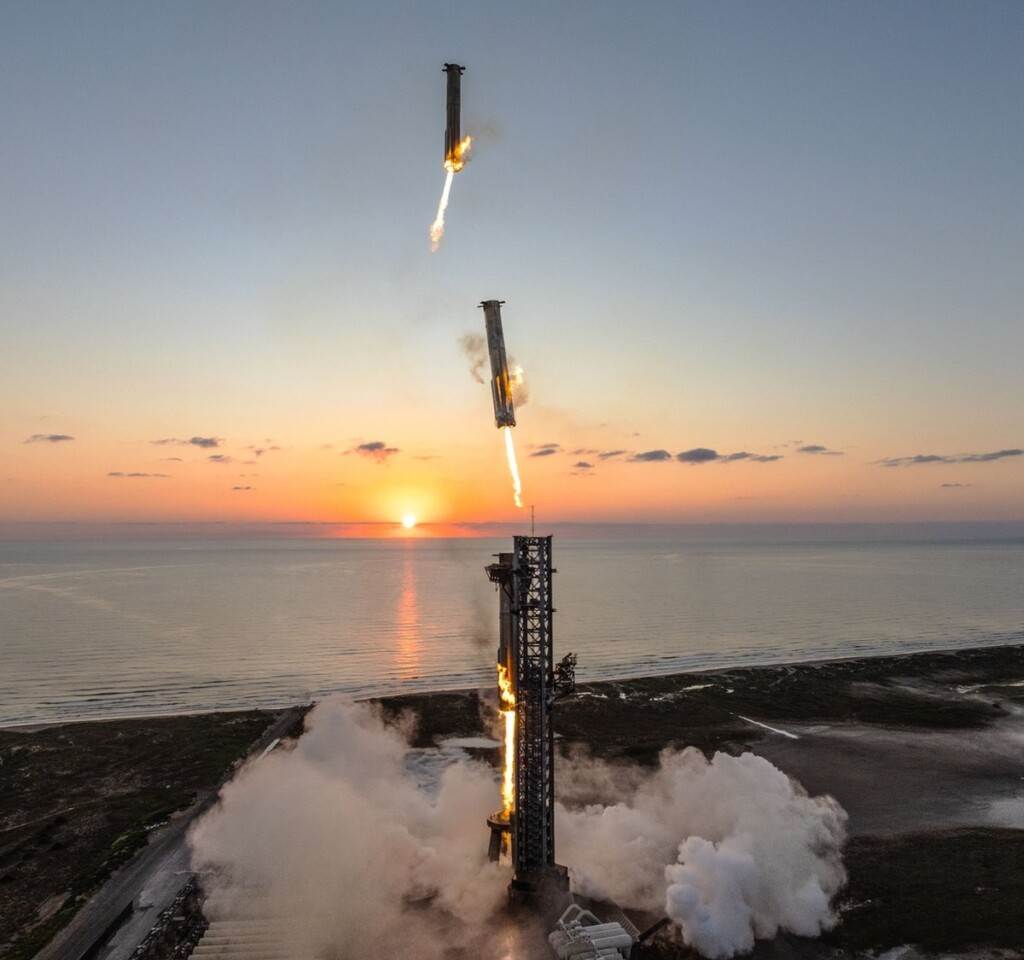07
Nov
Logisticsand healthcare startups to get boost from Saudi government,assistant deputy minister says
Top Stories Tamfitronics Top Stories Tamfitronics Sustainable bond issuance surges 9%, market set to hit $950bn...



 Hot Deals
Hot Deals Shopfinish
Shopfinish Shop
Shop Appliances
Appliances Babies & Kids
Babies & Kids Best Selling
Best Selling Books
Books Consumer Electronics
Consumer Electronics Furniture
Furniture Home & Kitchen
Home & Kitchen Jewelry
Jewelry Luxury & Beauty
Luxury & Beauty Shoes
Shoes Training & Certifications
Training & Certifications Wears & Clothings
Wears & Clothings








